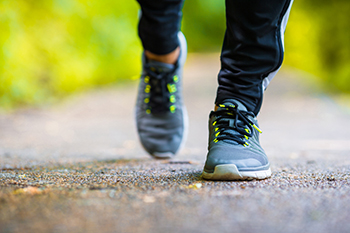
Foot drop, a condition that impedes the lifting of the toes and forefoot, presents a unique challenge in the realm of podiatry. Typically affecting one foot, though occasionally both, and ranging from temporary to permanent, foot drop's impact extends beyond mere inconvenience. Graded on a scale from zero to five based on muscle strength and movement, foot drop results in an abnormal gait, prompting sufferers to find other ways to navigate everyday activities. To avoid their foot catching on the floor during walking, they adopt a high-stepping gait that looks more like marching. At the heart of foot drop lies the common peroneal nerve. Originating from the sciatic nerve in the thigh, it courses down the back of the knee, winding around the top of the fibula before affecting the muscles of the lower leg. Vulnerable due to its superficial location, the common peroneal nerve is susceptible to injury or compression, resulting in foot drop. Causes range from direct injury to the common peroneal nerve to damage in the lower back, including a slipped disc that affects the nerves in the lower leg. If you believe you have developed foot drop, it is strongly suggested that you schedule an appointment with a podiatrist who can accurately treat this condition.
If you have any concerns about your feet, contact Charles Perry, DPM from Ohio. Our doctor can provide the care you need to keep you pain-free and on your feet.
Biomechanics in Podiatry
Podiatric biomechanics is a particular sector of specialty podiatry with licensed practitioners who are trained to diagnose and treat conditions affecting the foot, ankle and lower leg. Biomechanics deals with the forces that act against the body, causing an interference with the biological structures. It focuses on the movement of the ankle, the foot and the forces that interact with them.
A History of Biomechanics
- Biomechanics dates back to the BC era in Egypt where evidence of professional foot care has been recorded.
- In 1974, biomechanics gained a higher profile from the studies of Merton Root, who claimed that by changing or controlling the forces between the ankle and the foot, corrections or conditions could be implemented to gain strength and coordination in the area.
Modern technological improvements are based on past theories and therapeutic processes that provide a better understanding of podiatric concepts for biomechanics. Computers can provide accurate information about the forces and patterns of the feet and lower legs.
Understanding biomechanics of the feet can help improve and eliminate pain, stopping further stress to the foot.
If you have any questions please feel free to contact our offices located in Cambridge and Zanesville, OH . We offer the newest diagnostic and treatment technologies for all your foot and ankle needs.
